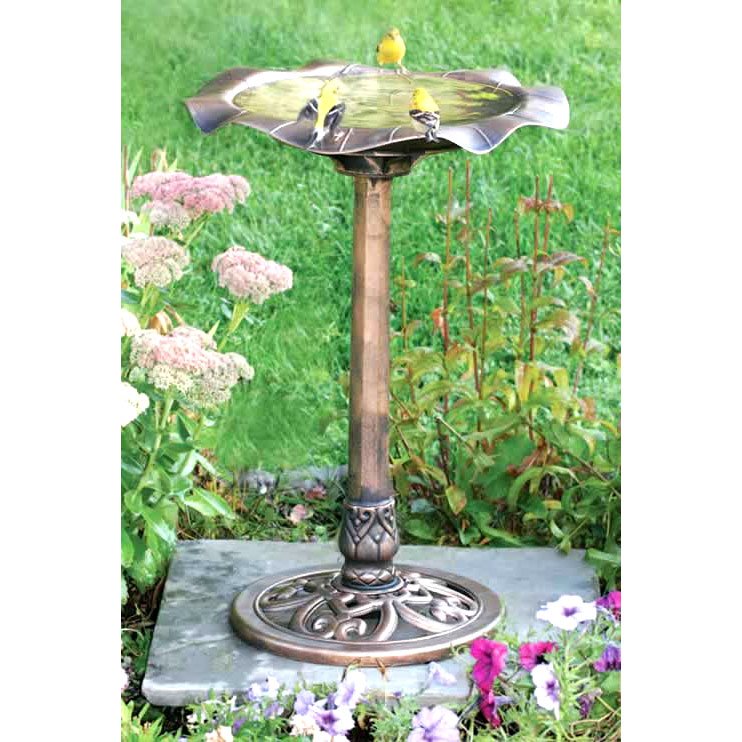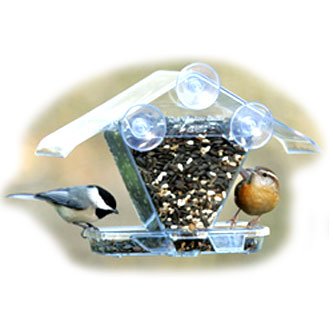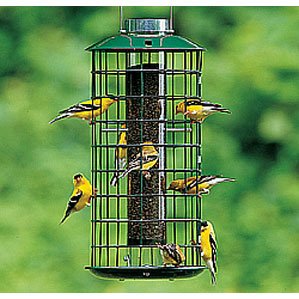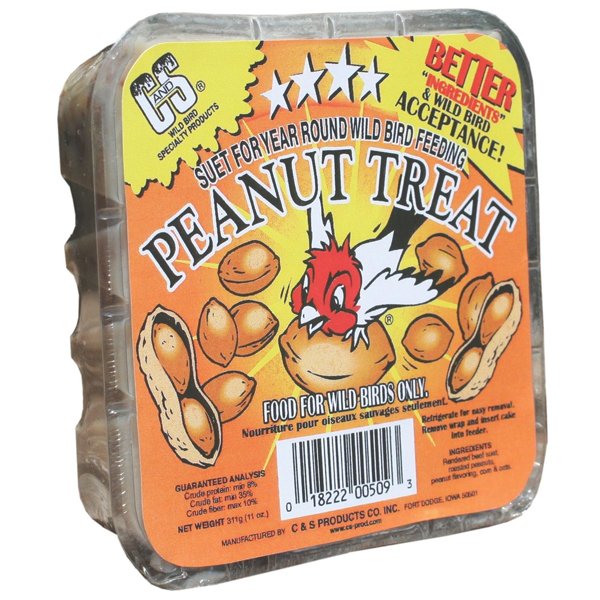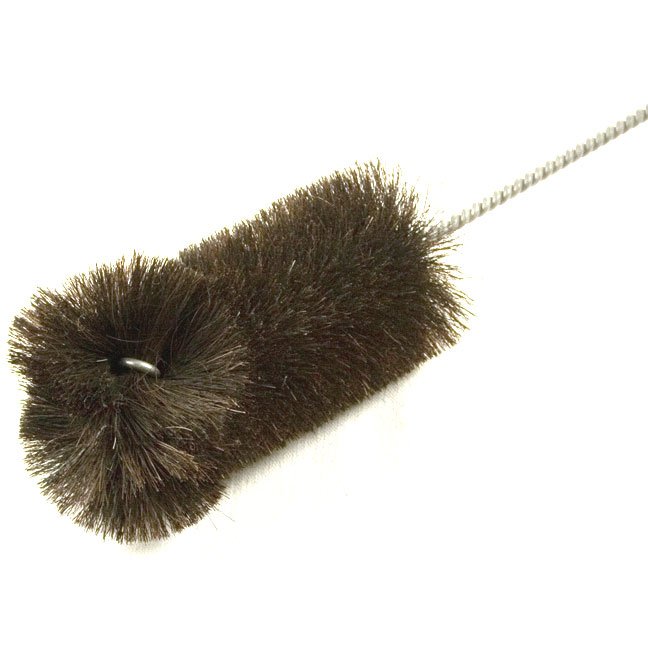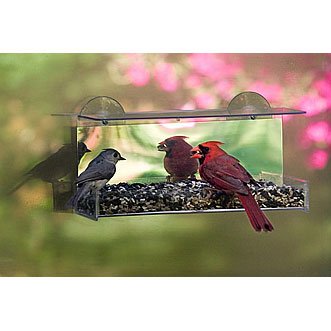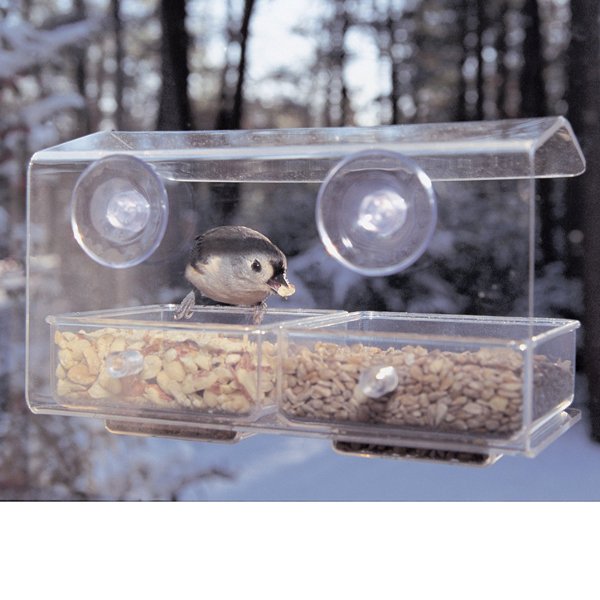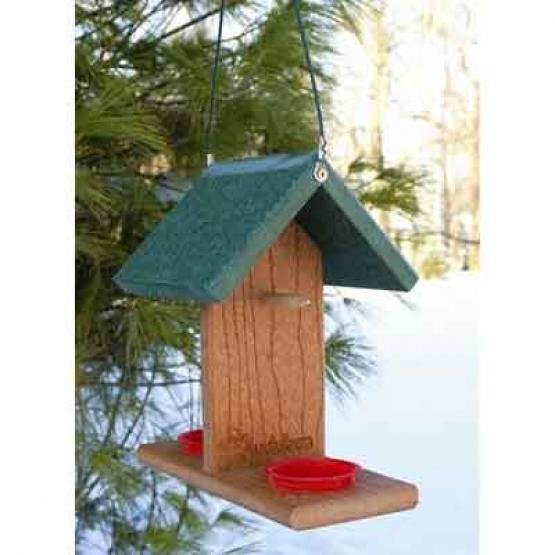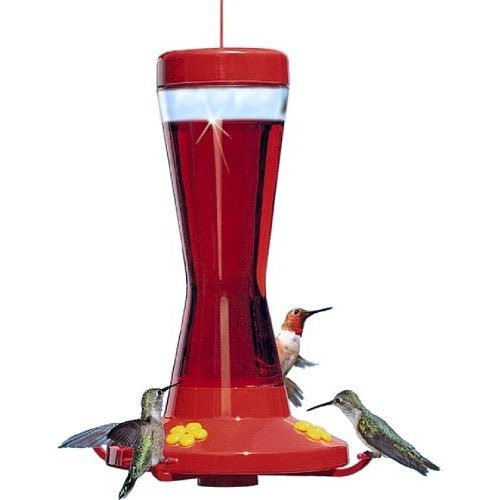Everyone is concerned about the environment. A great way to participate in “going green” is to purchased items made from recycled material. Woodlink has a great line of Going Green Bird Feeders that will add a great earth-conscious aspect to your bird feeding. All the Going Green Bird Feeders are made from recycled milk jugs and/or other 90% post consumer plastic Do not think the bird feeders look like plastic! The plastic is colored to blend in to your yard and most have a faux wood grain look on the plastic which adds to the natural look. 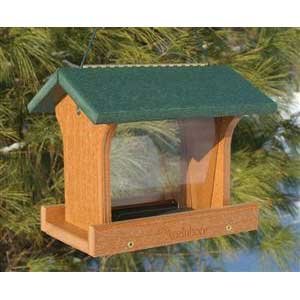
The Going Green Recycled Plastic Ranch Bird Feederis a great bird feeder. The green and brown feeder (faux brown wood) has a classic shape for that traditional look. Seed is protected from moisture by the roof. A center hinge on the roof allows one side to open for filling or cleaning. The rectangular base and frame allows the food to be contained, with 1 quart of seed held in the reservoir. There are 2 feeding areas on either side of the base. Seed levels can be monitored thorugh the clear plastic panels and also remove for a more thorough cleaning. A cable is included to hang the feeder. Dimensions: 10″L x 8″W x 8″H Made in the USA.
Also available are Going Green Suet Feeders, like the popular Going Green Bottom Style Suet Feeder. Suet feeders help to attract only the desirable small clinging birds and keeps out the nuisance ones! Again, this feeder is made from 90% recycled plastic. Plastic coated wire screen protects birds’ beaks when feeding. A cable is included to hang the feeder. Dimensions: 10″ L x 8″ D x 4.5 “H
Always remember to have fresh water available for the wild birds you feed.
Use the Going Green Bird Feeders for great bird feeders and help the environment at the same time.

